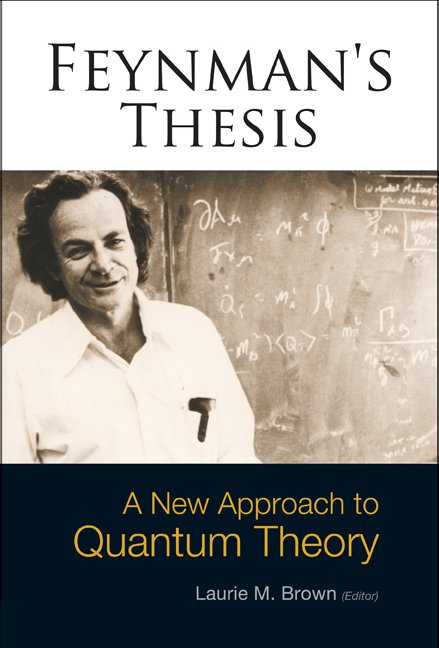THE PRINCIPLE OF LEAST ACTION IN QUANTUM MECHANICS
A generalization of quantum mechanics is given in which the central mathematical concept is the analogue of the action in classical mechanics. It is therefore applicable to mechanical systems whose equations of motion cannot be put into Hamiltonian form. It is only required that some form of least action principle be available.
It is shown that if the action is the time integral of a function of velocity and position (that is, if a Lagrangian exists), the generalization reduces to the usual form of quantum mechanics. In the classical limit, the quantum equations go over into the corresponding classical ones, with the same action function.
As a special problem, because of its application to electrodynamics, and because the results serve as a confirmation of the proposed generalization, the interaction of two systems through the agency of an intermediate harmonic oscillator is discussed in detail. It is shown that in quantum mechanics, just as in classical mechanics, under certain circumstances the oscillator can be completely eliminated, its place being taken by a direct, but, in general, not instantaneous, interaction between the two systems.
The work is non-relativistic throughout.



